The oceans absorb a very large proportion of atmospheric carbon dioxide and thus contribute to slowing climate change. Scientific research on marine carbon storage has therefore grown strongly in recent years and encompasses very different approaches.
Listed below is a selection of projects conducting research on different aspects of marine carbon storage: on factors influencing carbon storage and possible changes, as well as on natural and technical solutions to increase carbon storage potential. The geographical focus is mainly on the North Sea and the Baltic Sea.
Anthropogenic influences on marine carbon storage
Anthropogenic impacts on particulate organic carbon cycling in the North Sea (APOC).
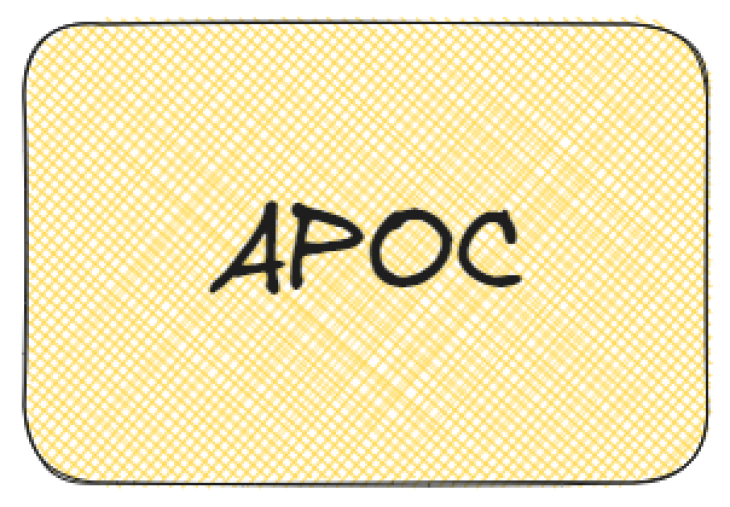
APOC investigates the turnover and storage of particulate organic carbon (POC) in the North Sea and aims to understand how these processes are affected by the effects of climate change and anthropogenic uses (such as bottom-contacting fisheries, sediment dredging, sediment dumping). The project's research areas include: Simulation of pelagic and benthic POC turnover including transfer of carbon through the food web, quantification of CO2 release from sedimentary POC, simulation of past and future anthropogenic influences on turnover and storage of POC in the North Sea, development of improved management measures and recommendations for action at the national, regional and EU levels.
Duration: April 2021 - March 2024
Project homepage
Potential and risk of mesopelagic fisheries (CO2Meso)
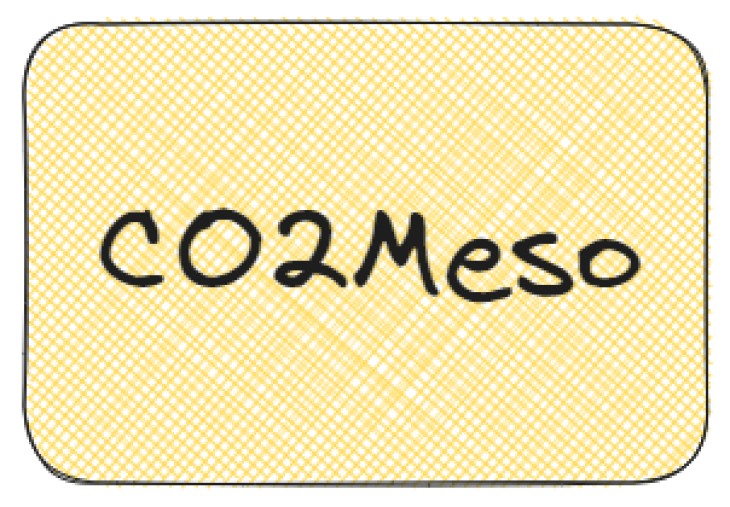
With regard to the food supply of the future, mesopelagic fisheries (at depths of 200 - 1000 m) could still offer potential for tapping new food sources, especially in indirect form as fishmeal or omega-3 fatty acids. However, there are still major uncertainties regarding stock biomass, growth, reproduction rates, and their role in the marine carbon cycle. The project takes a forward-looking approach to explore the potential and risks of mesopelagic fisheries on the ecosystem and related cycles to inform decision makers early, before the risk of overfishing becomes too great. The project includes research in biogeochemical modeling, observations, economics, and law of the sea.
Duration: January 2021 - December 2023
Project homepage
MGF Baltic Sea
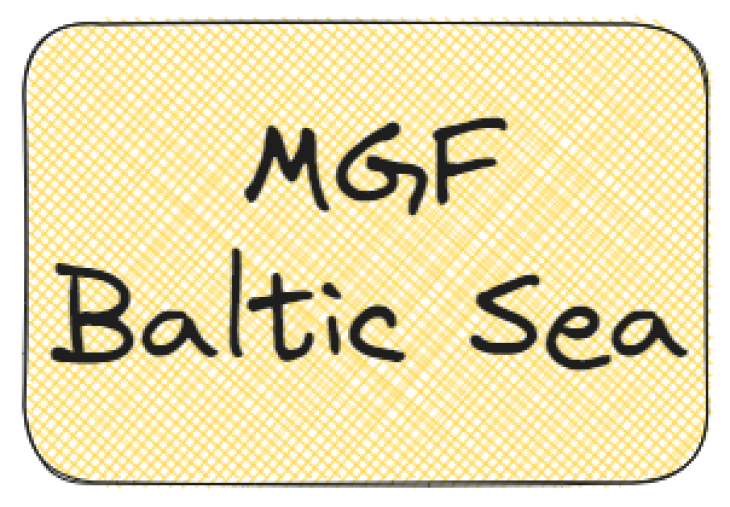
The collaborative project investigates how benthic habitats that are severely impacted by mobile bottom-feeding fisheries (MGF) might evolve following a future exclusion of this use. The work focuses on three Natura 2000 sites in the German EEZ of the Baltic Sea. The project explores changes in benthic communities, biogeochemical processes, and solute fluxes in the sediment-water interface before and after the exclusion of MGF. In addition, the short-, medium-, and long-term effects of bottom-contact fisheries on benthic communities, sediments, and ecosystem processes will be examined. The results will serve as a basis for developing recommendations for marine protected area management and environmentally sound fisheries in the Baltic Sea. There is a partner project for the North Sea: MFG North Sea.
Duration:
March 2020 - February 2023
March 2023 - February 2026 (Phase II)
Project homepage
MGF North Sea
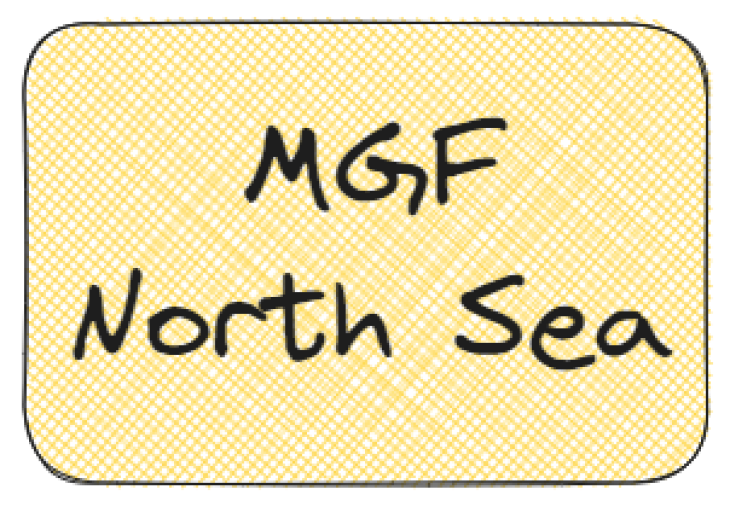
The collaborative project investigates how benthic habitats that are severely impacted by mobile bottom-feeding fisheries (MGF) could develop after a future exclusion of this use. The work focuses on three Natura 2000 sites in the German EEZ of the North Sea. The project investigates sediment and morphodynamics, benthic communities, biogeochemical processes in the sediment and benthic matter fluxes, and exchange between sediment and water column (bentho-pelagic coupling). A comprehensive survey of the current status of the three protected areas is being conducted to assess long-term effects of fisheries exclusion on benthic habitats and communities. There is a partner project for the Baltic Sea: MFG Baltic Sea.
Duration: March 2020 - February 2023
Project homepage
Projects related to Carbon Dioxide Removal (CDR)
Alternate scenarios, Innovative technologies, and Monitoring approaches for Sub-Seabed Storage of carbon dioxide
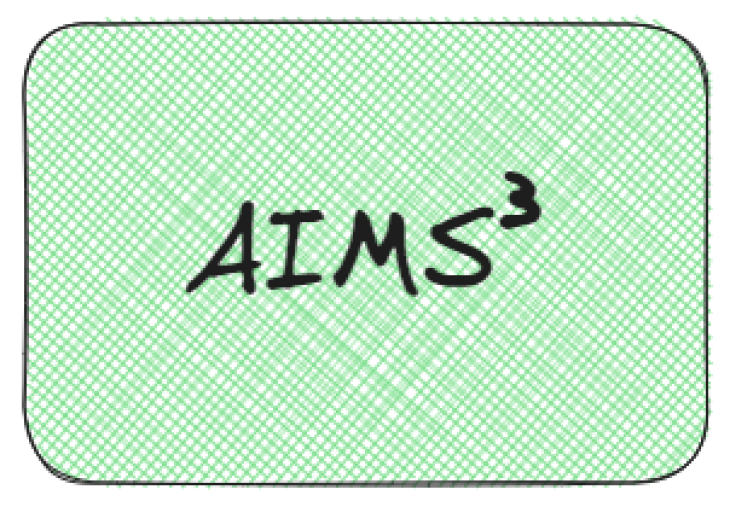
AIMS3 is exploring carbon dioxide storage at a mid-ocean ridge where CO2 can be efficiently fixed. Field and numerical studies are being conducted to calculate the capacity of this carbon capture and storage (CCS) approach. Existing and new cost-effective sensors will be used to detect and quantify leakage and environmental changes over time in the vicinity of the injection well. The actionable knowledge generated will inform decision makers and stakeholders about the potential of CO2 storage in oceanic crust, environmental risks, and feasibility, and result in best practice guidelines at oceanic CCS sites. The project is part of the CDRmare research mission.
Duration: August 2021 - July 2024
Project homepage
Unified Assessment framework for proposed methods of marine CDR and interim knowledge synthesis
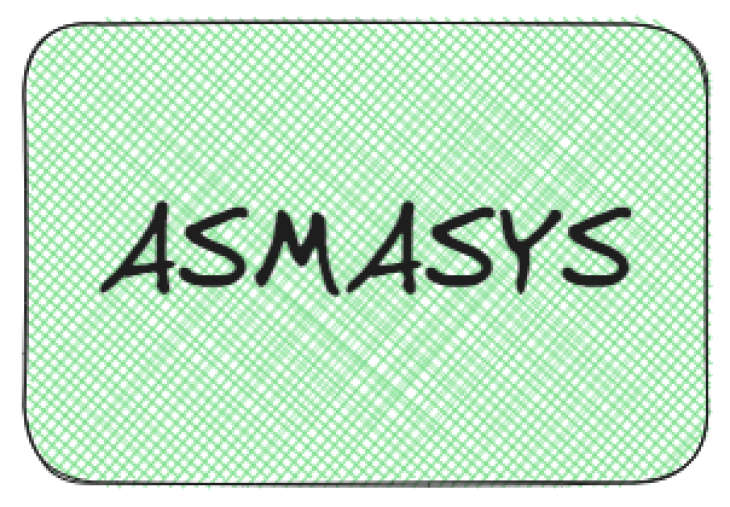
ASMASYS aims to develop a unified, transdisciplinary assessment framework for marine carbon dioxide removal (CRD) methods. CDR options and their methods will be evaluated in an interdisciplinary manner. Sustainability is a key consideration, using the UN Sustainable Development Goals (SDGs) as criteria. In addition to environmental impact, scalability, benefits and risks, legal, political, social and ethical aspects will also be considered. Transdisciplinary, action-oriented knowledge is to be made available for political actors and stakeholders. A special focus is on German national CDR interests. The project is part of the CDRmare research mission.
Duration: August 2021 - July 2024
Project homepage
CDR Synthesis and Transfer project (CDRSynTra)
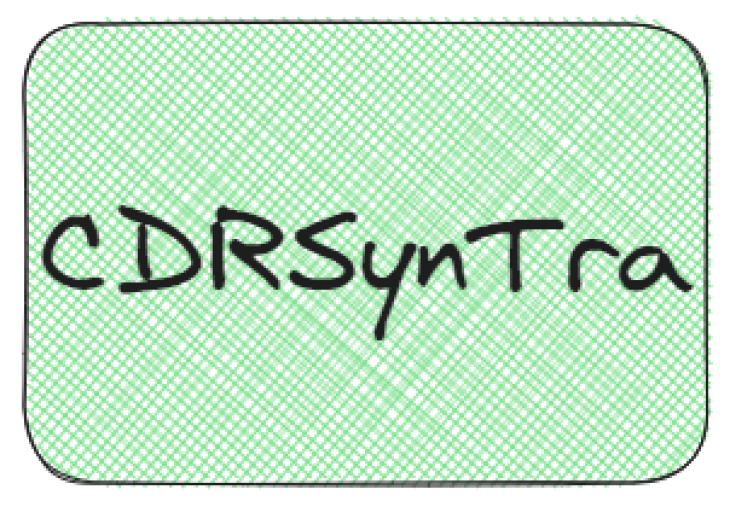
Various land-based and marine approaches to carbon dioxide removal (CDR) exist in Germany and worldwide. However, the state of knowledge varies considerably. CDRSyntra is the companion and synthesis project overarching the CDR program, bringing together the results of the researh missions CDRterra and CDRmare. It aims to compare the potentials of CO2 capture and the impacts of the methods in ecological, economic, societal, and political terms, paving the way for an ecologically, economically, and socially feasible path forward with different CDR options. An intensive dialogue with stakeholders from industry, politics and the public and the transfer of research results to the public are essential parts of the program.
Duration: August 2021 - July 2024
Project homepage
Submarine Carbon Dioxide Storage in Geological Formations of the German North Sea
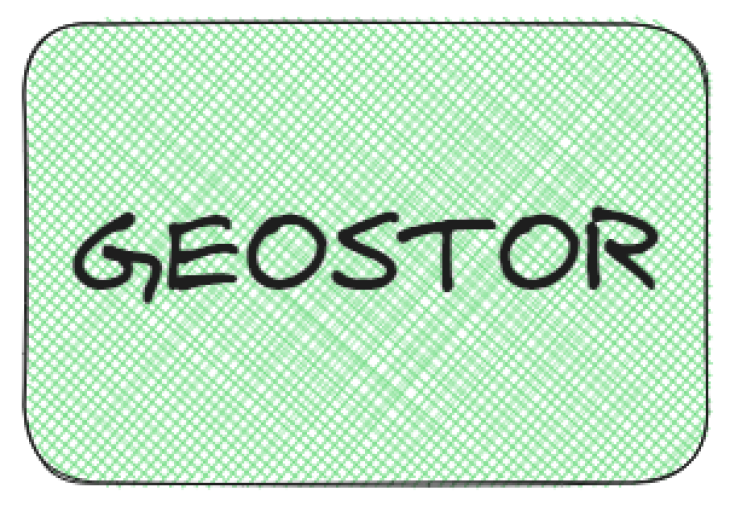
GEOSTOR addresses the question of whether and to what extent carbon dioxide can be stored on an industrial scale in geological formations of the German North Sea. To this end, the CO2 storage capacity in the German Exclusive Economic Zone (EEZ) of the North Sea and at two selected sites will be quantified, geotechnical and environmental risks as well as possible leakage pathways will be investigated, new environmentally compatible methods for storage monitoring will be identified, and costs, legal framework conditions, and possible synergies and conflicts with other uses in the German North Sea region will be analyzed. The project is part of the CDRmare research mission.
Duration: August 2021 - July 2024
Project homepage
CO2 removal by alkalinity enhancement: potential, benefits and risks
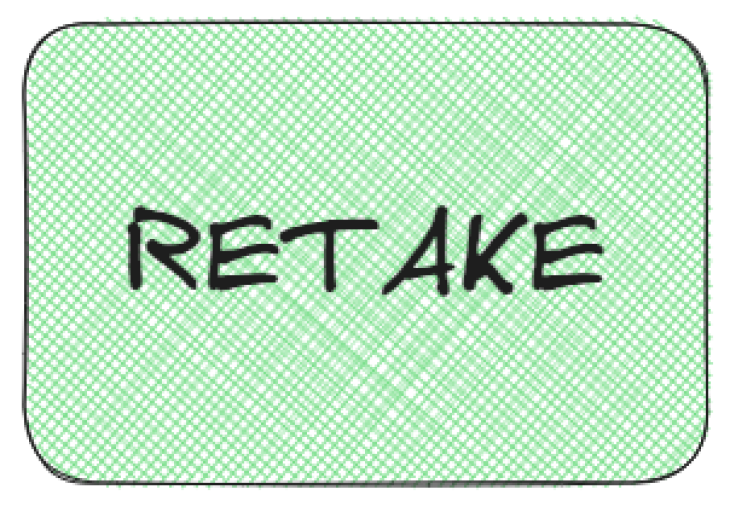
RETAKE researches the removal of CO2 from the atmosphere by marine alkalinity enhancement, in particular its technical feasibility, environmental risks and socio-economic potentials, and aims to make this knowledge available to decision makers. Alkalinity enhancement using mineral sources can increase CO2 uptake by seawater and reduce CO2 concentrations in the atmosphere. Benthic and pelagic systems of the North and Baltic Seas will be studied, simulations for German territorial waters and other marine areas will be performed, and local results will be extrapolated to the regional to global scale. The project is part of the CDRmare research mission.
Duration: August 2021 - July 2024
Project homepage
Innovative approaches to improving the carbon storage potential of vegetated coastal ecosystems
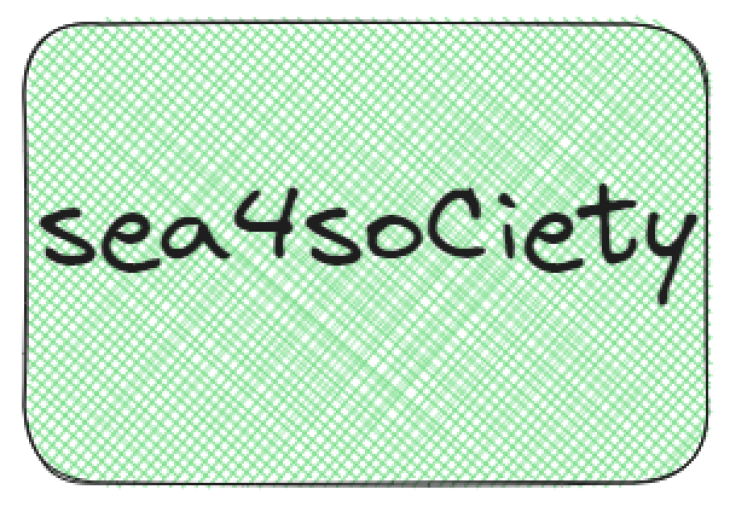
The sea4soCiety project investigates the uptake and storage capacity of carbon in different coastal ecosystems and develops ecologically, legally and ethically defensible as well as socially acceptable approaches to improve the storage potential. The capacity and stability of storage in seagrass, macroalgal, salt marsh and mangrove ecosystems on the German North Sea and Baltic Sea coasts as well as on the coasts of Colombia and Malaysia will be analyzed, quantified and compared with the depots of organic carbon in unvegetated marine sediments. Potentially suitable spaces for the expansion of these coastal ecosystems will be identified. Among other things, the project develops recommendations for political actors and decision-makers to support political and societal decision-making processes at regional, national and international levels. The project is part of the CDRmare research mission.
Duration: August 2021 - July 2024
Project homepage
Ocean artificial upwelling
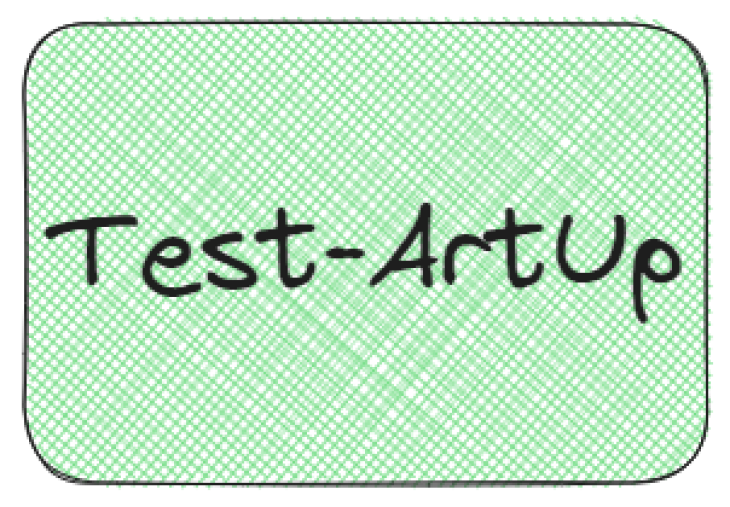
Test-ArtUp investigates the technical application and optimization of a so-called artificial upwelling of nutrient-rich deep water into the near-surface water layer of the ocean for the purpose of CO2 sequestration. CO2 uptake capacity and long-term storage, potential environmental risks and ecological interactions will be investigated, a cost-benefit analysis will be prepared, and legal and ocean governance issues will be considered. In a broad stakeholder dialogue, the findings will be processed in a target group-specific manner and scientifically based recommendations for a possible use of artificial upwelling for CO2 removal from the atmosphere will be given. The project is part of the CDRmare research mission.
Duration: August 2021 - July 2024
Project homepage
Pathways to Carbon Neutrality 2050 (Net Zero)
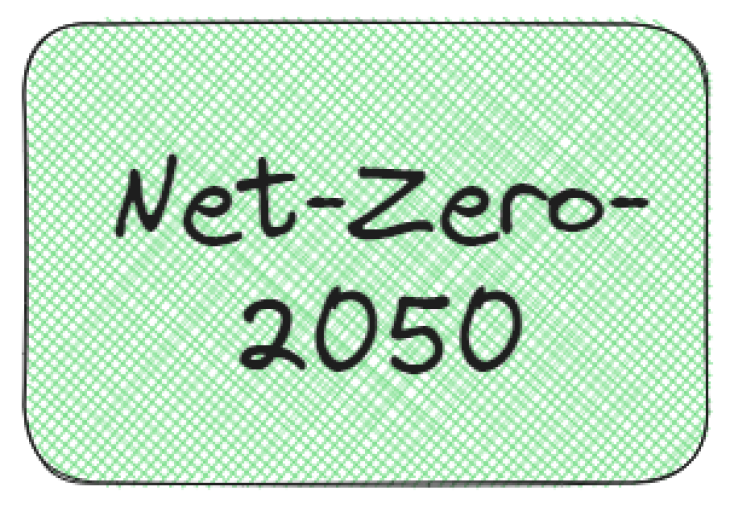
Net-Zero-2050 examines and evaluates technical and natural measures of removal and storage of carbon dioxide from the atmosphere in relation to the German framework conditions. Among other things, approaches for circular carbon use, underground storage solutions, and the storage potential of terrestrial and marine systems under different climate scenarios are considered. These results will be used to develop a pilot roadmap for a CO2-neutral Germany by 2050. A "Net-Zero Toolbox" will contain, among other things, the prototype of a carbon app that can be used to assess storage potential nationwide.
Duration:
July 2019 - March 2022 (Phase 1)
March 2023 - December 2024 (Phase 2)
Project homepage
Ocean-based Negative Emission Technologies
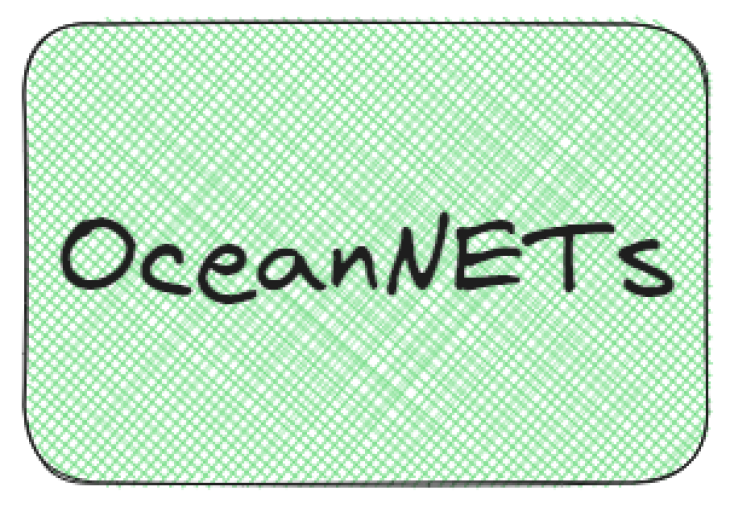
The project investigates various ocean-based methods for reducing atmospheric carbon dioxide (Negative Emission Technologies - NETs), including ocean fertilization, ocean alkalinization, artificial upwelling, blue carbon management. The aim is to identify the most effective methods with low environmental risks and to explore technical and economic feasibility, co-benefits, and political and societal acceptance. A key question is under what conditions and to what extent ocean-based negative emission technologies could be widely deployed. OceanNETs is a partner project of the research mission CDRmare.
Duration: July 2020 - June 2025
Project homepage
Further projects
Biogeochemical processes and Air–sea exchange in the Sea- Surface microlayer (BASS)
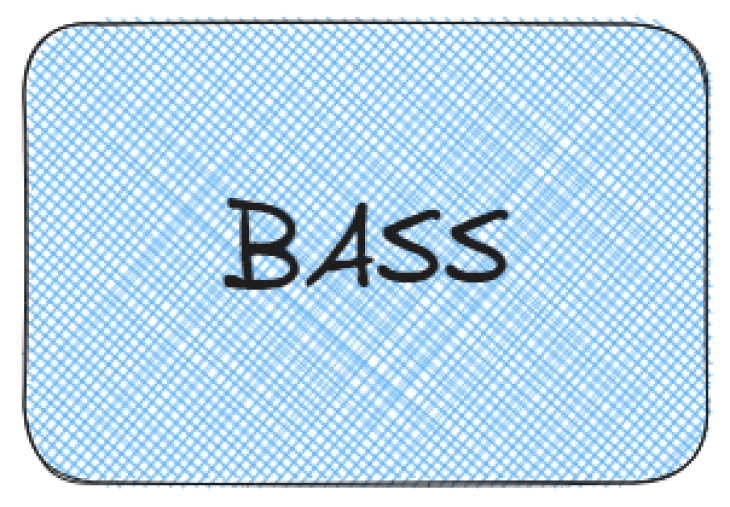
BASS investigates the biogeochemical and photochemical processes in the upper ocean-atmosphere boundary layer (sea-surface microlayer - SML) in the North Sea, which is about 1 mm thick, and their importance for the interactions between the atmosphere and the upper ocean. Knowledge about the processes in this boundary layer is still very rudimentary. Important research questions in the project are therefore how this biofilm-like, microbe-rich layer influences the exchange between atmosphere and ocean, the accumulation and transformation of organic material, and the inorganic carbon cycle. Project homepage
Diversity Enhancement through Seagrass Restoration
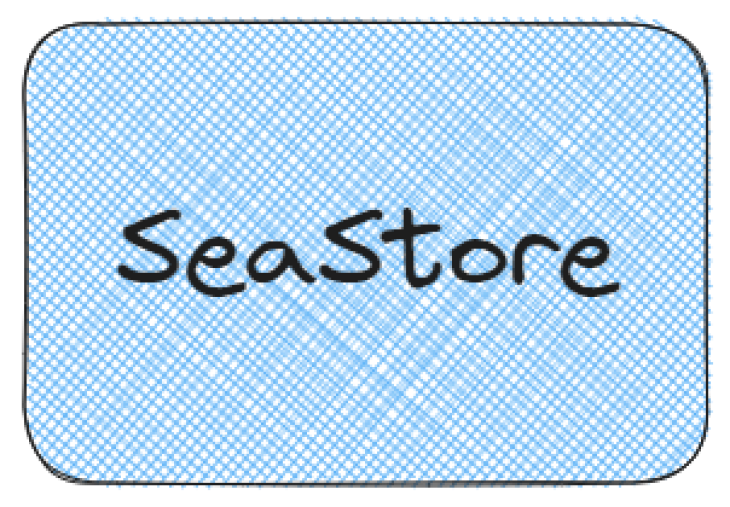
The SeaStore joint project is researching the conditions for the successful reintroduction and protection of seagrass in the southern Baltic Sea and is developing a guide for authorities and other stakeholders for this purpose. The guide is intended to assist in the assessment and planning of reintroduction projects. Land- and sea-based aspects of seagrass restoration are examined, including optimal site conditions, selection of appropriate seagrass species, most successful methods of reintroduction, fulfillment of ecosystem functions such as biodiversity, sediment enrichment (coastal protection), carbon sequestration, and socio-economic aspects.
Duration: November 2020 - October 2023
Project homepage
Towards Marine Carbon Observations 2.0: Socializing, COnnecting, Perfecting and Expanding
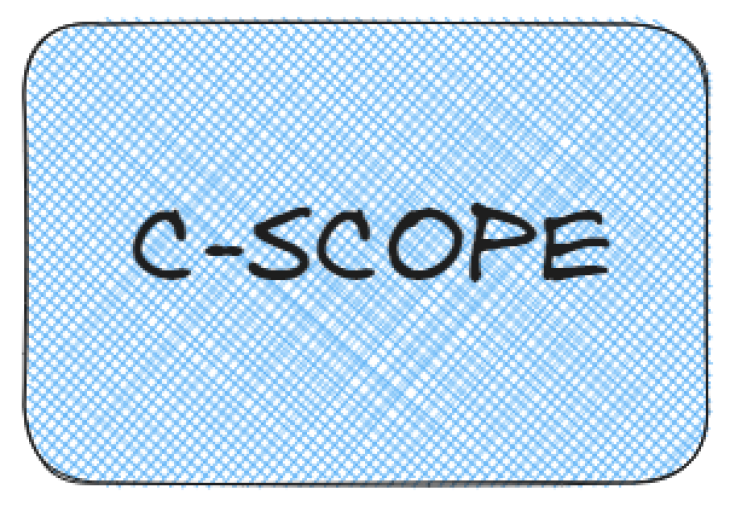
C-SCOPE focuses on the improvement, extension and networking of existing and emerging marine carbon observation systems. In this way, observation gaps are to be closed, data quality improved, and new functions and synergies created. Regionally, C-Scope focuses on the Baltic Sea, the North Atlantic, and the Amazon rainforest with its shelf system. The studies in the Baltic Sea aim, among other things, to deepen and quantify the understanding of marine CO2 uptake in relation to anthropogenic influences and to effectively determine CO2 uptake capacity, which will then lead to recommendations for action. In addition to technical methods, the project also explores ways and solutions for optimal use of the knowledge gained and equitable access to information by all stakeholders in different cultural settings.
Duration: 2021-2023, completed
Project homepage
